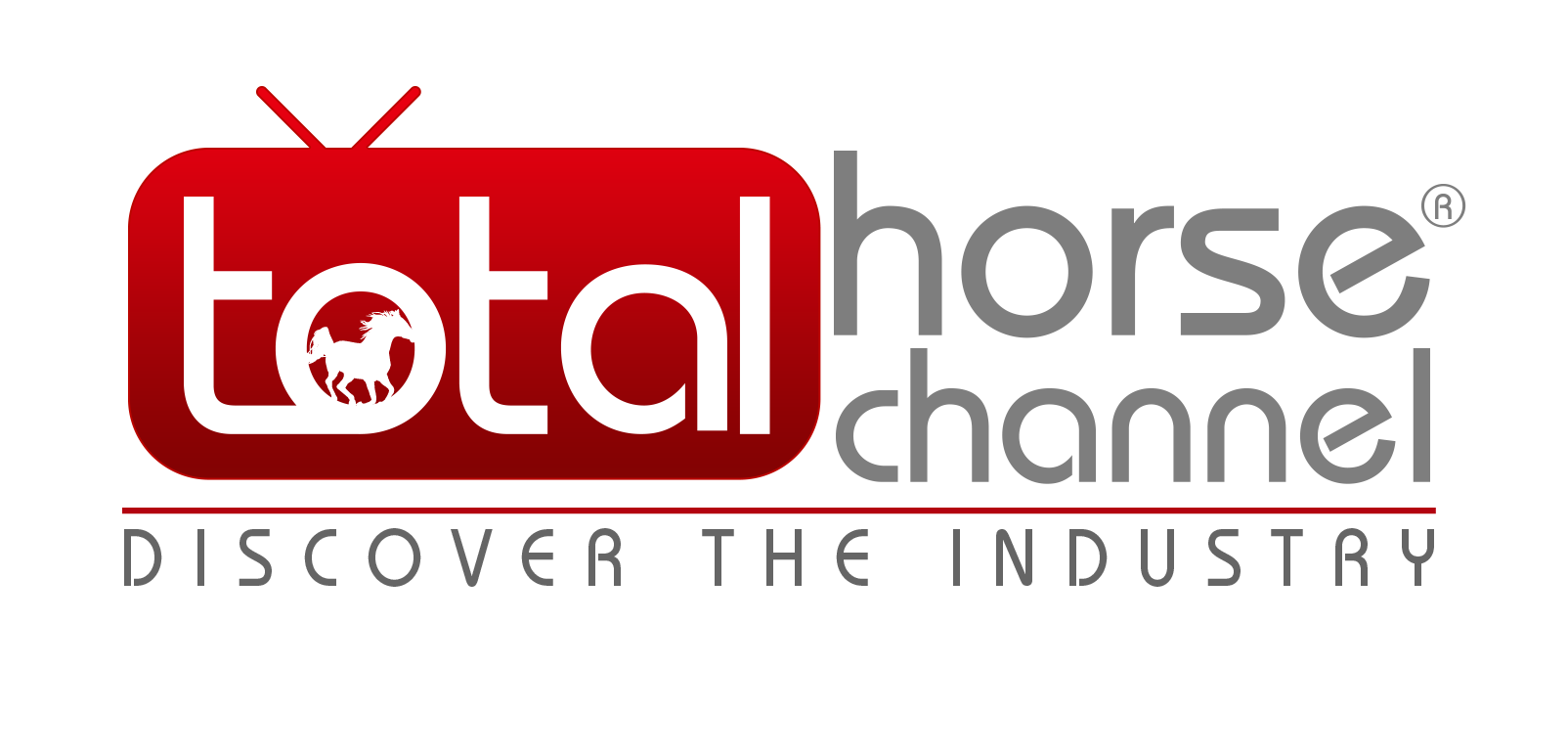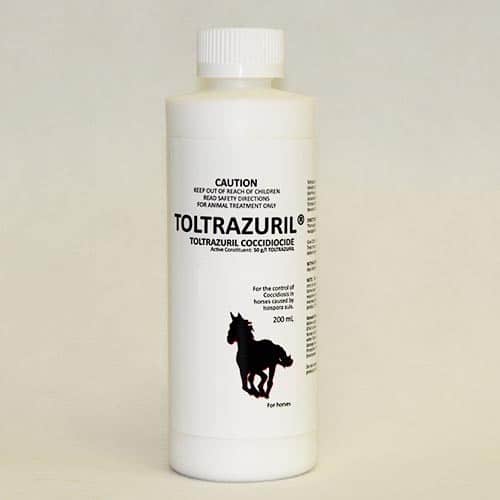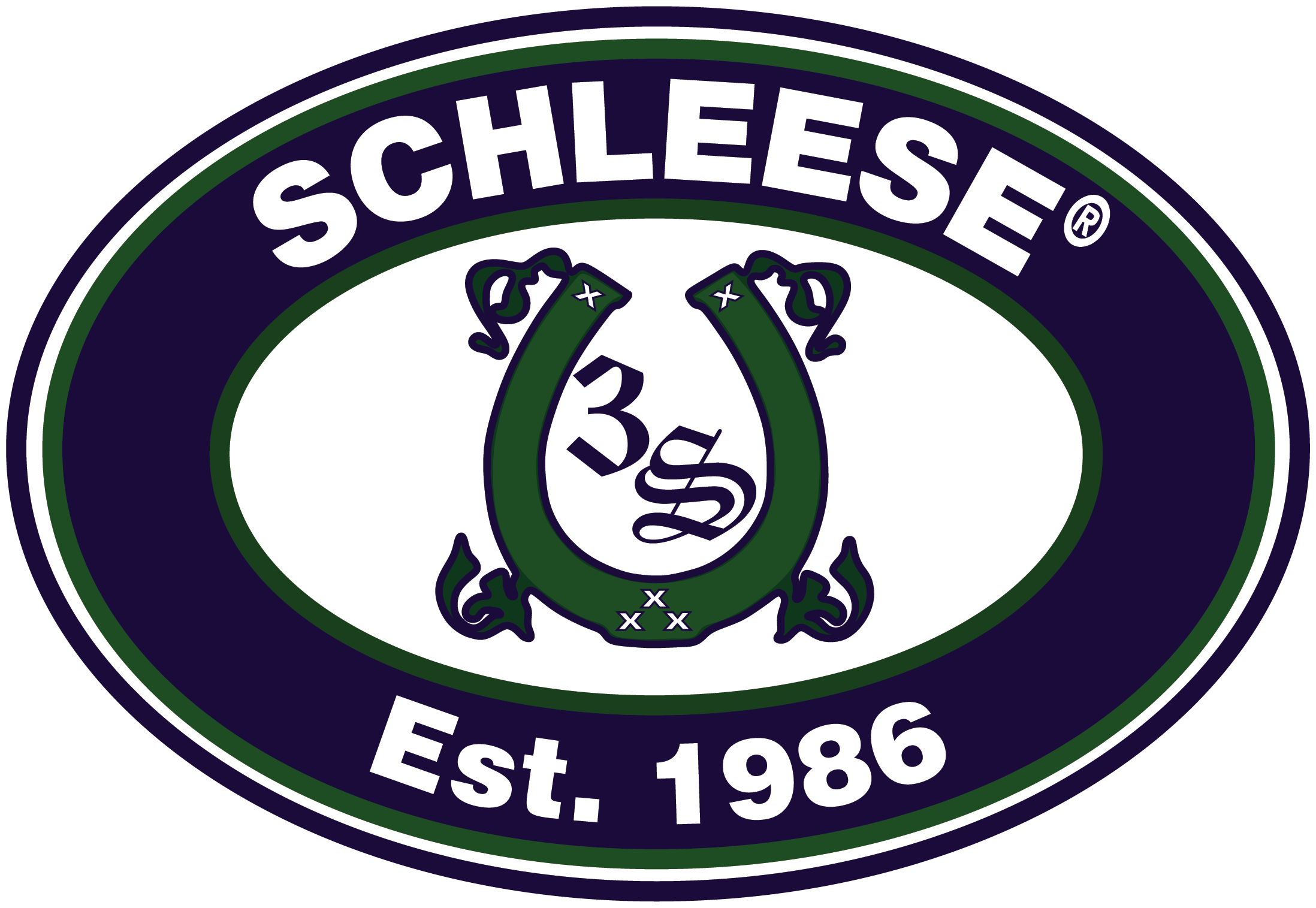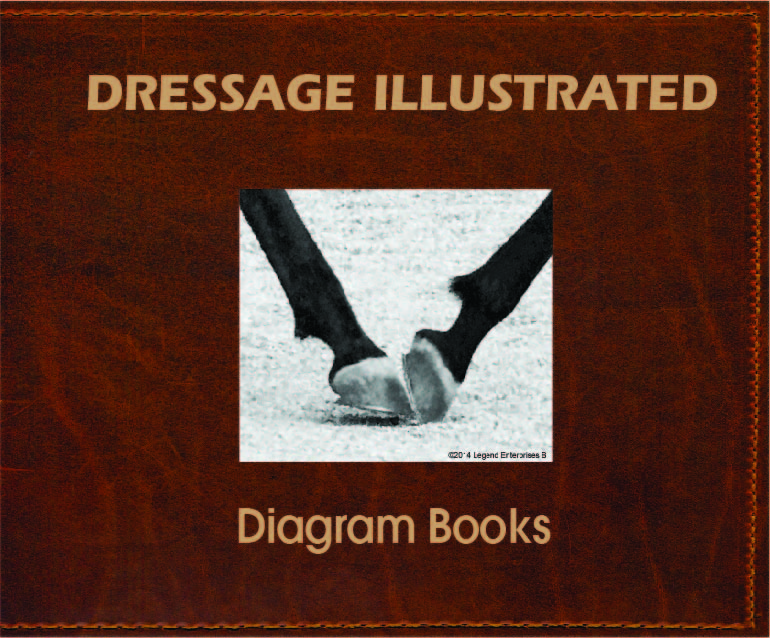Coccidiosis is a common issue many animal owners have to deal with. It is something that can greatly affect the health of your animal in a negative way, so you should be aware of its risks and symptoms. Coccidiosis is a parasitic infection disease and coccidia are a subclass of microscopic, spore-forming intracellular parasites belonging to the class called “Conoidasida”. When an animal is infected with coccidian it is considered to have “coccidiosis”. There are various types of commonly found coccidian, such as Eimeriidae, Haemogregarina, Eucoccidiorida and Sarcocystidae. Most coccidia are species-specific with the exception of Toxoplasma gondii which can infect all mammals, but has been noted to “only undergo sexual reproduction in cats”.
Coccidian parasites infect the intestinal tracts of animals and can have a host of serious negative effects such as; compromised nutrient uptake, fever, vomiting, diarrhea, dehydration, pain and changes to behavior. Left untreated coccidiosis can lead not only to a gravely ill animal but it can also lead to death. This condition is not to be taken lightly or left untreated and why I feel this article is of great importance to help inform animal owners about the risks of coccidiosis and how to treat it.
There are various ways coccidian parasites are transmitted from one animal to another, such as ingestion of infected tissue/food or contact with infected stools. When it comes to infected stools, the spores (called oocysts) mature and when another animal passes near or makes contact with the infected stools the coccidian spores stick to the animal and are usually taken into the body when the animal cleans themselves. Something worth noting is it is common in cats to be infected with coccidian through eating infected mice and this is a good reason not to rely on a pet cat for a mouse infestation issue.
Once the animal has been infected the spore opens, sporozites are released and each one finds a home in an intestinal cell and starts the process of reproduction. The offspring (called merozoites) continue to reproduce until the cell is stuffed full and bursts open. At this point each merozoite finds its own intestinal cell and continues the cycle again.
As the coccidiosis infection continues hundreds and thousands of intestinal cells may become infected and as they burst open they typically produce a bloody, watery diarrhea for the infected animal. Any diarrhea (especially bloody) should be looked into as soon as possible. Yes it could be a simple diet issue, maybe changing food brands or eating something not meant to be eaten, but it is worth looking into because it could very well be coccidiosis.
If diarrhea lasts for more than a couple days I would strongly recommend getting your animal checked out by a vet. Finding out if your animal is infected is not very hard, a simple fecal smear is all that is needed. Something to note though is that if coccidiosis is in its early stages there may be very little oocysts being shed and this may lead to a negative result in a fecal smear test, but it does not rule out the infection. In this case if your animal continues to have issues and you have already done a fecal smear, do another one to be sure.
Although this diseases may seem complicated to some and pretty nasty (and it is if left untreated) it is actually pretty simple to treat with Toltrazuril/Baycox (a coccidiostat). Coccidiostats are a group of compounds that stop coccidia from reproducing and this is enough to rid the disease. It should be noted that it may take up to a few weeks to clear up after starting a Coccidiostat treatment. Toltrazuril has been found to be a very effective compound for treating coccidiosis and in one study “Three groups of six puppies were treated 3 dpi with 10, 20 or 30 mg/kg body weight of toltrazuril suspension (5%)” and it was noted “A single oral application of toltrazuril abrogated oocyst shedding and the treated puppies remained generally coproscopically negative during the following 2-4 weeks. A single oral treatment for puppies in the 3rd or 4th week of age is recommended”. There are various studies showing the great effectiveness of toltrazuril and this is why it has come to be one of the most commonly used compounds in the treatment of coccidiosis.
Common dosing for most animals such as piglets, calves, lambs and dogs is around 15-20 mg per kg body weight and in many cases it’s a single dose treatment. Toltrazuril comes in more than one preparation but tends to come in an oral suspension formulation for animal use at 5% Toltrazuril. At 5% this means every 1ml equals 50mg of Toltrazuril.
We are proud to offer you not only the wealth of information in this article, but also only the highest quality Toltrazuril for all of your animal needs!
Ref;
- Advances in Parasitology 83:93-171 · July 2013 https://www.researchgate.net/publication/251234103_A_Selective_Review_of_Advances_in_Coccidiosis_Research
- Control of clinical coccidiosis of calves due to Eimeria bovis and Eimeria zuernii with toltrazuril under field conditions Parasitology Research October 2005, Volume 97, Supplement 1, pp S134–S142 http://link.springer.com/article/10.1007/s00436-005-1457-9
- Parasitology Research September 2000, Volume 86, Issue 10, pp 787–790 Immunity to coccidiosis after treatment with toltrazuril http://link.springer.com/article/10.1007/s004360000218
- Coccidiosis control by administering toltrazuril in the drinking water for a 2-day period G.F. Mathisa, R. Froymanb, T. Kennedyc http://www.sciencedirect.com/science/article/pii/S0304401704000974
- Chemoprophylaxis of coccidiosis in lambs with a single oral dose of toltrazuril Author links open the overlay panel. Numbers correspond to the affiliation list which can be exposed by using the show more link. B. Gjerde, O. Helle http://www.sciencedirect.com/science/article/pii/030440179190120K
- Mehlhorn, H., Schmahl, G. & Haberkorn, A. Parasitol Res (1988) 75: 64. doi:10.1007/BF00931192 http://link.springer.com/article/10.1007%2FBF00931192?LI=true






















